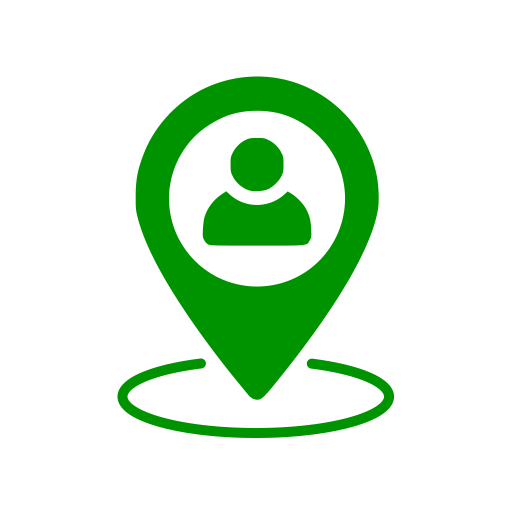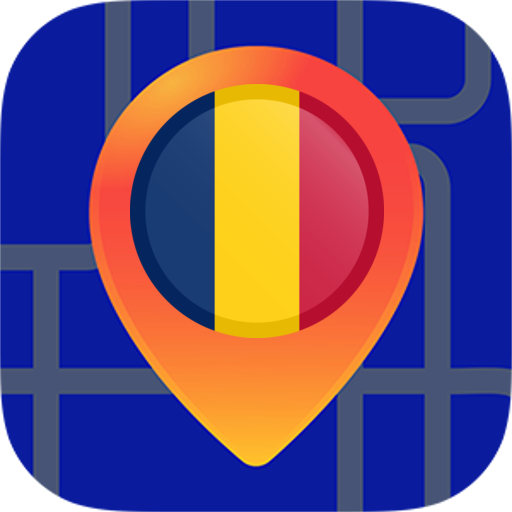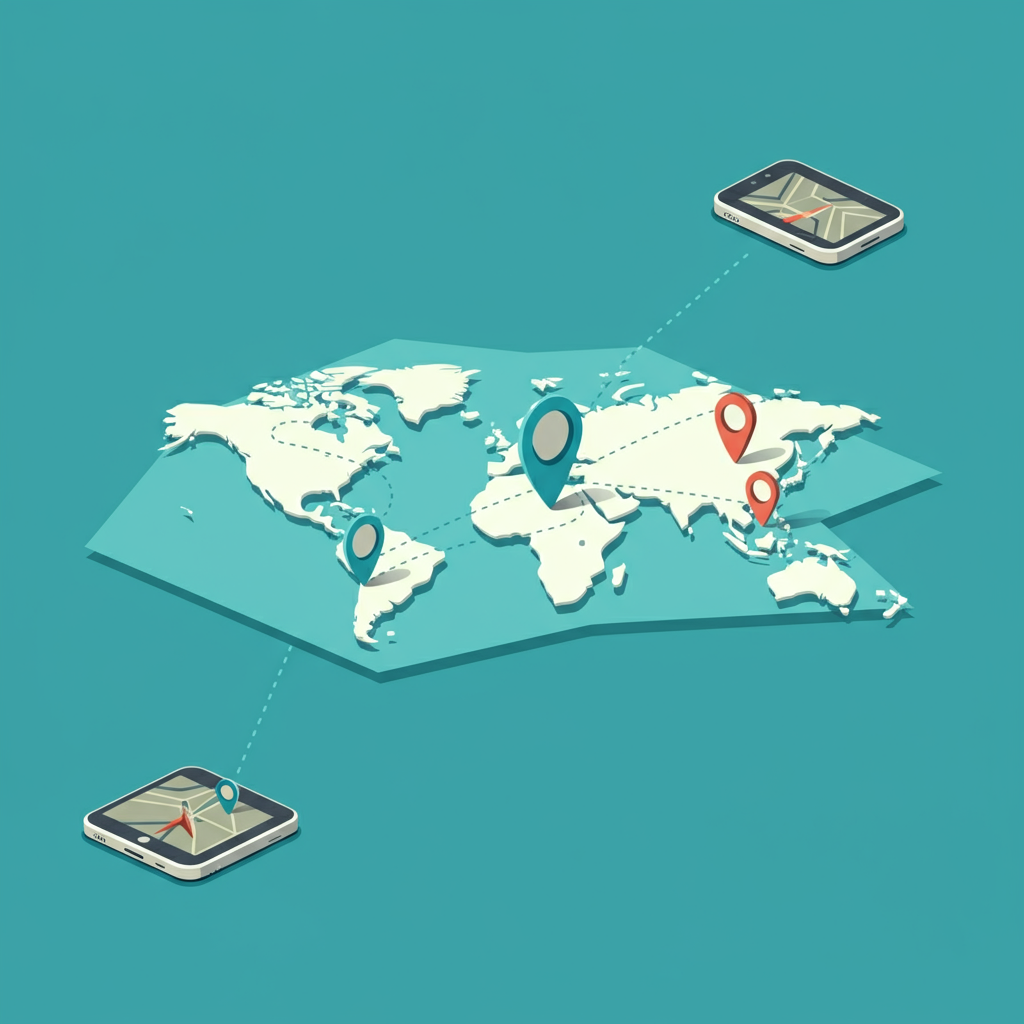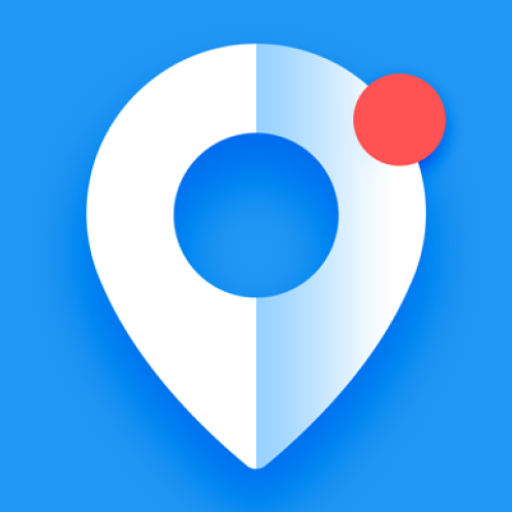Contact on Map is an application designed to display phonebook contacts on a map, specifically those with a postal address
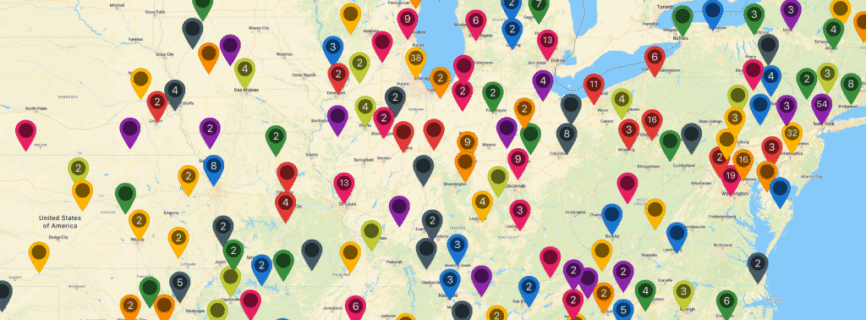

| Name | Contact on Map |
|---|---|
| Publisher | Kana developer |
| Genre | Maps Navigation |
| Size | 126.5MB |
| Version | 5.3.4 |
| Update | September 5, 2025 |
| Get it On | Play Store |
| Report | Report Apps |
Preview
Put Your Business on the Map with Contact on Map
In the digital marketplace, visibility is everything. For businesses with physical locations, this means more than just having a website. It means showing up where your customers are looking—and increasingly, that’s on a map. Think about the last time you looked for a new coffee shop, a local plumber, or a boutique store. Chances are, your search started with a map interface, showing you options right in your neighborhood. This is where the concept of “Contact on Map” becomes a game-changer.
Integrating your business information directly onto a digital map isn’t just a convenience; it’s a powerful strategy for growth. It bridges the gap between your online presence and your physical storefront, making it easier for customers to find you, engage with you, and ultimately, buy from you. This guide will walk you through what “Contact on Map” is, why it’s essential for your business, and how you can implement it to boost your local visibility and customer engagement. By the end, you’ll have a clear roadmap for putting your business on the map—literally.
What is “Contact on Map”?
“Contact on Map” is a feature or application that visually displays contact information on a digital map. Instead of just seeing a list of names and addresses, users can see plotted points representing the physical locations of their contacts. This functionality transforms a standard address book into an interactive, geographical directory.
For businesses, this concept is a core component of map marketing and local SEO. It involves ensuring your business’s name, address, phone number (NAP), hours, and website are accurately plotted on services like Google Maps, Apple Maps, and other GPS platforms. When a potential customer searches for “restaurants near me” or “bookstores in downtown,” businesses using a “Contact on Map” strategy will appear as pins on their screen.
A prime example of this concept in action is the Contact on Map Android application. While designed for individual phonebooks, its features perfectly illustrate the power of this idea for businesses:
- Visualizing Contacts: The app displays phonebook contacts with postal addresses on a map, allowing users to see the geographical distribution of their customers, partners, or team members.
- Quick Actions: Users can tap on a contact’s pin to get directions, view details, or call them directly. This seamless integration streamlines the process of connecting with and visiting a location.
- Grouping and Clustering: The app allows users to organize contacts into groups (e.g., “Top Clients,” “Leads,” “Suppliers”) and color-code them. For businesses with many locations or a large customer base, clustering markers helps manage a high volume of data without cluttering the map.
By adopting these principles, businesses can turn their static contact page into a dynamic and engaging tool that drives real-world traffic.
Key Benefits of Using “Contact on Map”
Integrating your business location into a map interface isn’t just a trend; it’s a strategic move that offers significant returns. Here are the primary benefits of implementing a “Contact on Map” strategy.
Improve Your Local SEO
Local search engine optimization (SEO) is the art and science of getting your business to appear in local search results. When someone searches for a product or service “near me,” search engines like Google prioritize businesses that are geographically close and have well-optimized local listings. A “Contact on Map” strategy is fundamental to this.
By embedding a map on your website and ensuring your Google Business Profile is complete and accurate, you send strong signals to search engines about your location and relevance to local queries. This increases your chances of appearing in the coveted “Local Pack”—the box with three map-based results that appears at the top of the search page. This high-visibility placement can dramatically increase clicks, calls, and foot traffic.
Increase Your Business’s Visibility
Modern consumers are visual. They often rely on maps to discover new businesses around them. Having your contact information clearly plotted on a map makes your business instantly discoverable to anyone exploring their area digitally. This form of map marketing goes beyond traditional advertising by placing your brand directly in the path of customers who are actively looking for what you offer.
Furthermore, a map provides context that a simple address list cannot. Customers can see your proximity to landmarks, public transport, or other businesses, which can influence their decision to visit.
Enhance the Customer Experience
A positive customer experience is crucial for building loyalty and generating repeat business. Making it easy for customers to find you is a foundational part of that experience. An interactive map on your “Contact Us” page removes friction, allowing visitors to get directions with a single click instead of copying and pasting your address into a separate navigation app.
This convenience demonstrates that you value your customer’s time and effort. It creates a professional and user-friendly impression before they even step foot in your door. By providing quick access to your location, phone number, and operating hours all in one place, you make the entire process of engaging with your business smoother and more pleasant.
Gain a Competitive Advantage
In a crowded market, every small advantage counts. While many businesses have a “Contact Us” page, not all have optimized it with an interactive map. By implementing a “Contact on Map” feature, you set your business apart from competitors who only provide a static address.
This small but significant feature can be the deciding factor for a customer choosing between your business and another. It shows that your business is modern, tech-savvy, and focused on customer convenience. In the long run, this superior user experience can translate into a stronger brand reputation and a more loyal customer base.
How to Implement “Contact on Map” for Your Business
Ready to put your business on the map? Implementing this strategy is straightforward. Here’s a step-by-step guide to get you started.
Step 1: Claim and Optimize Your Google Business Profile
Your Google Business Profile (GBP) is the single most important tool for local SEO and map marketing. It’s the information that Google uses to display your business in Maps and Local Pack results.
- Claim or Create Your Profile: Go to google.com/business and search for your business name. If a profile exists, claim it. If not, create a new one.
- Complete Every Section: Fill out every field with accurate and up-to-date information. This includes your business name, address, phone number (NAP), website, hours of operation, and business category.
- Add High-Quality Photos: Upload photos of your storefront, products, services, and team. This helps customers know what to expect.
- Encourage Customer Reviews: Positive reviews are a major ranking factor. Ask satisfied customers to leave a review on your GBP listing.
Step 2: Embed a Map on Your Website
Placing an interactive map directly on your website’s “Contact Us” page is crucial. It provides an immediate visual reference for visitors and strengthens your local SEO signals.
- Go to Google Maps: Search for your business address.
- Click “Share”: A pop-up window will appear. Select the “Embed a map” tab.
- Copy the HTML Code: An
<iframe>code snippet will be provided. Copy this code. - Paste it on Your Website: Open the HTML editor for your “Contact Us” page and paste the code where you want the map to appear. Most website builders (like WordPress, Squarespace, or Wix) have a simple “HTML” block for this.
Step 3: Ensure NAP Consistency Everywhere
Your business’s Name, Address, and Phone number (NAP) must be identical across all online platforms. Inconsistencies can confuse search engines and hurt your local rankings.
- Audit Your Online Presence: Check your listings on major directories like Yelp, Apple Maps, and industry-specific sites.
- Use a Standardized Format: Decide on one format for your address (e.g., “Street” vs. “St.”) and phone number and use it everywhere.
- Update Inaccurate Listings: Correct any discrepancies you find.
Best Practices for Map Marketing Success
Setting up your map is just the beginning. To maximize its impact, follow these best practices.
- Optimize for Mobile: Most local searches happen on smartphones. Ensure your website and the embedded map are mobile-friendly and load quickly.
- Use High-Resolution Markers: If you’re creating a custom map with multiple locations, use clear, distinct pins. Consider using your company logo as the marker for better brand recognition.
- Include a “Get Directions” Button: Make sure your map includes an easy-to-use button that opens the location in the user’s default navigation app (Google Maps, Apple Maps, or Waze).
- Add Multiple Locations If Applicable: If your business has more than one branch, display all locations on a single map. This helps customers find the one nearest to them and gives a sense of your company’s scale.
- Regularly Update Your Information: If your hours, phone number, or address change, update your map listings immediately to avoid frustrating customers.
“Contact on Map” in Action: Success Stories
Many businesses have leveraged map marketing to drive significant growth.
A local restaurant chain used embedded Google Maps on each of its location pages. They ensured each Google Business Profile was filled with professional food photos, menus, and customer reviews. As a result, they saw a 40% increase in clicks-to-call and a significant rise in foot traffic from “near me” searches. The map made it easy for hungry customers to find the nearest branch and get directions instantly.
Similarly, a retail store with multiple outlets created a “Store Locator” page with an interactive map showing all its locations. By using color-coded pins to differentiate between regular stores and outlets, they improved the user experience and helped shoppers find the exact type of store they were looking for. This simple feature reduced customer service inquiries about store locations and boosted in-store visits.
Your Next Step: Get on the Map
Integrating a “Contact on Map” strategy is no longer optional for businesses that rely on local customers. It is an essential tool for boosting your visibility, improving your local SEO, and delivering a seamless customer experience. By making it effortless for people to find you, you are removing one of the biggest barriers to a sale.
The process is simple: optimize your online business profiles, embed a map on your website, and maintain consistent information across the web. The rewards—increased traffic, better engagement, and a distinct competitive advantage—are well worth the effort. Take the first step today and ensure that when customers look for businesses like yours, you’re the first one they see.
Download Contact on Map
You are now ready to download Contact on Map for free. Here are some notes:
- Please check our installation guide.
- To check the CPU and GPU of Android device, please use CPU-Z app

















